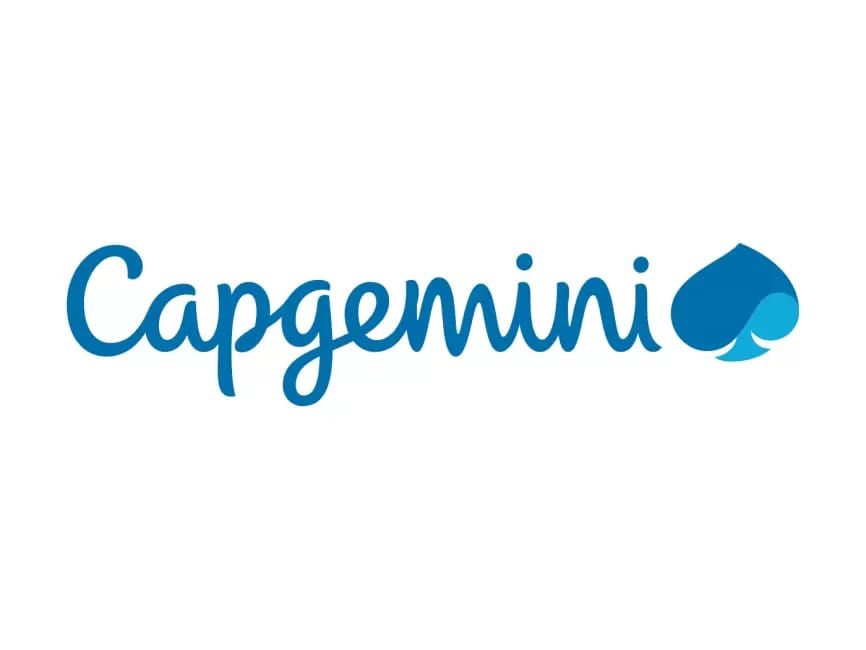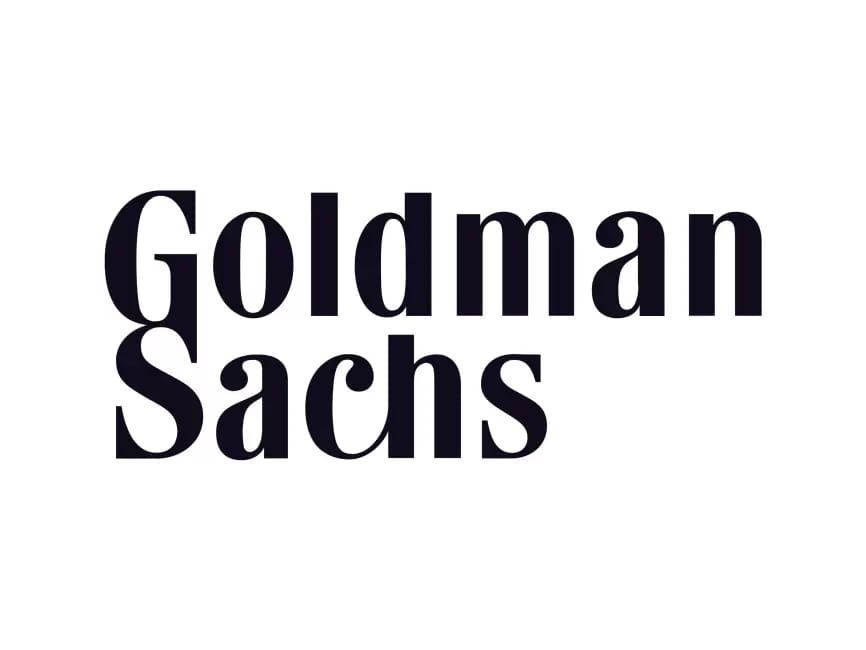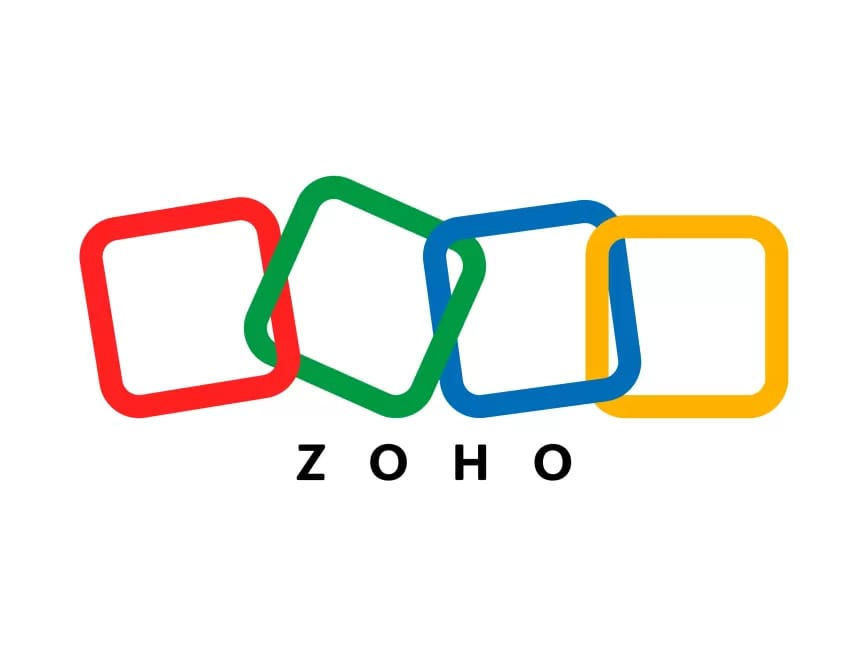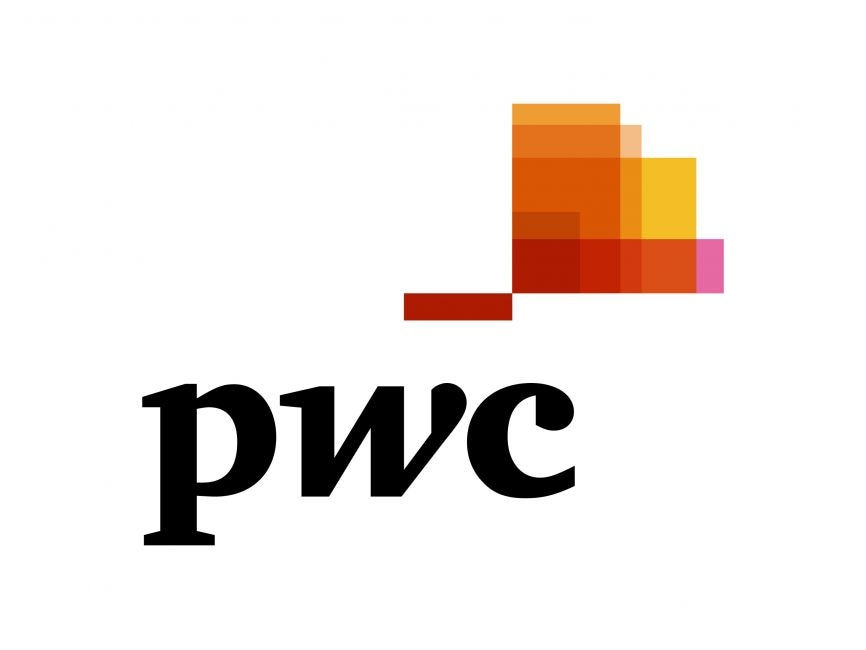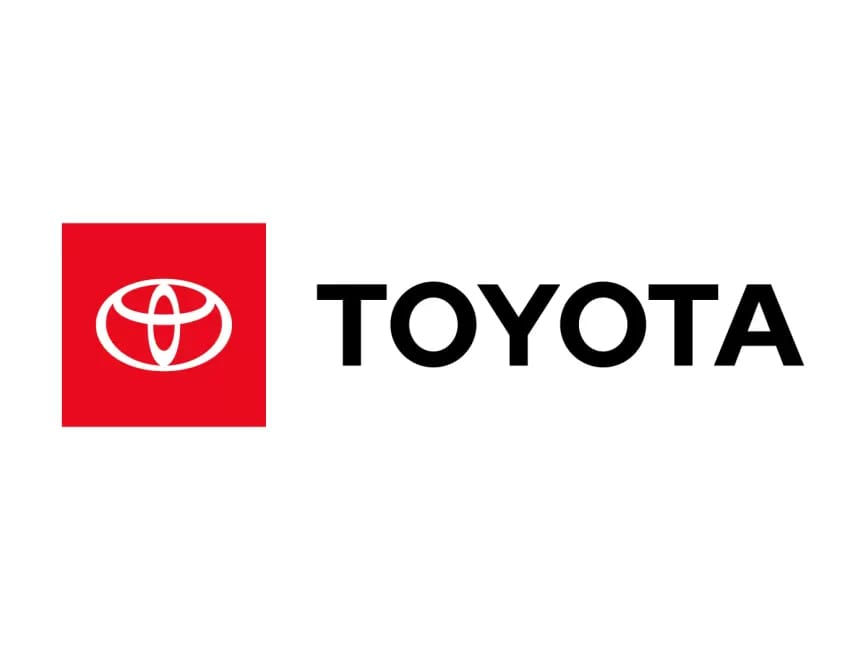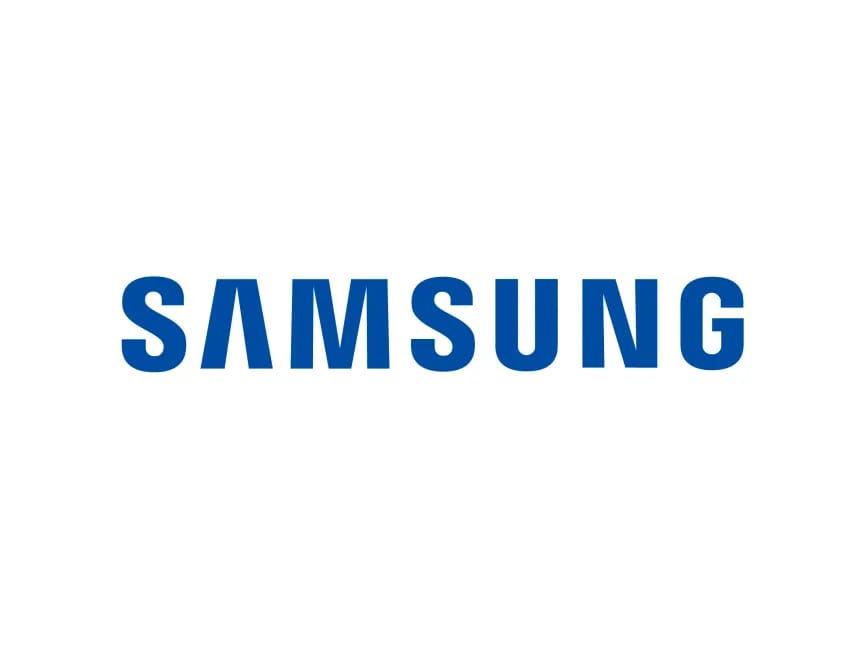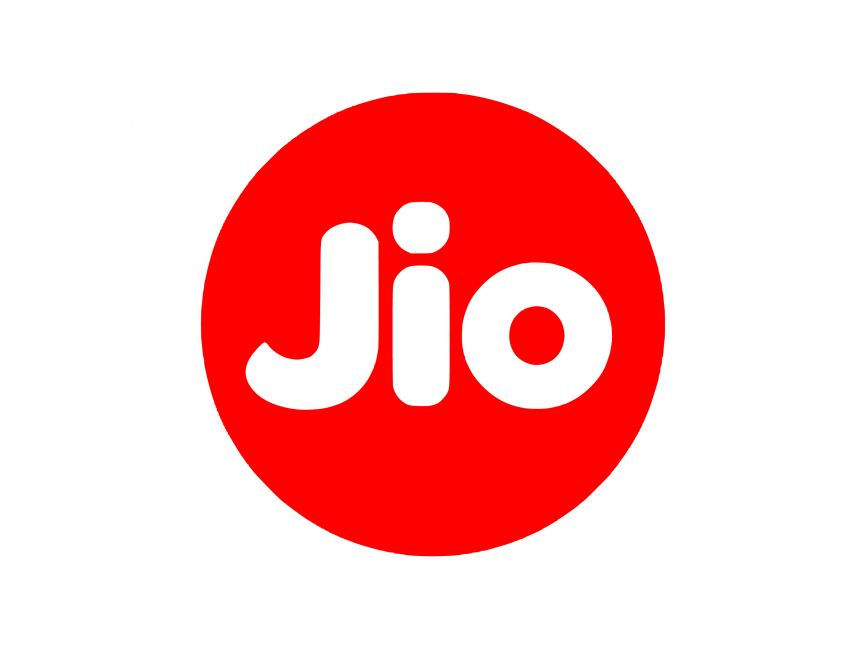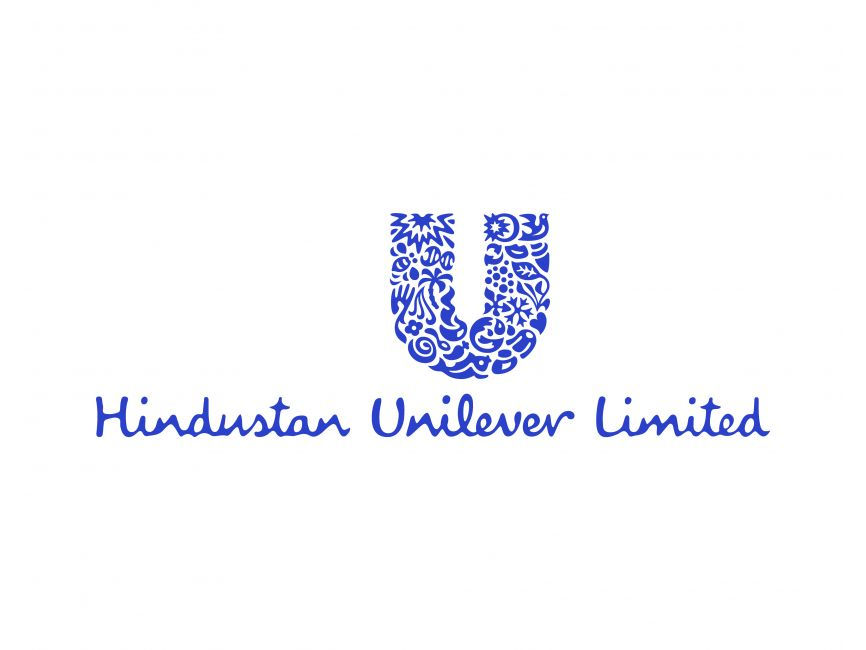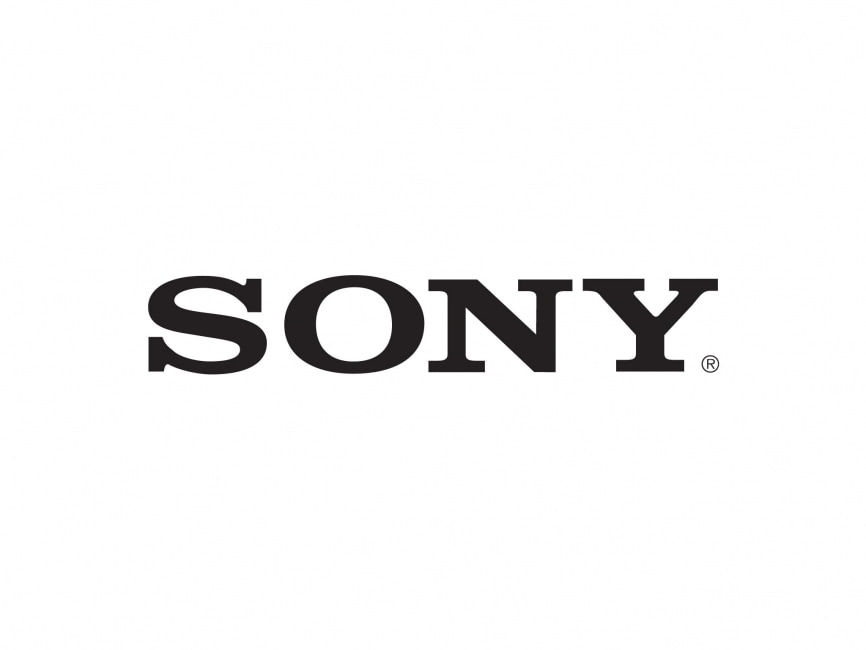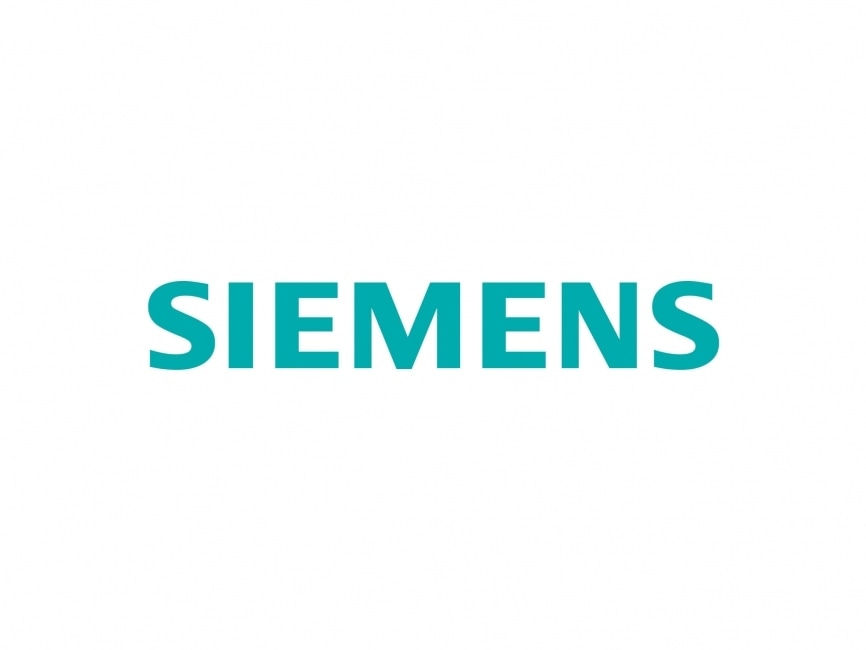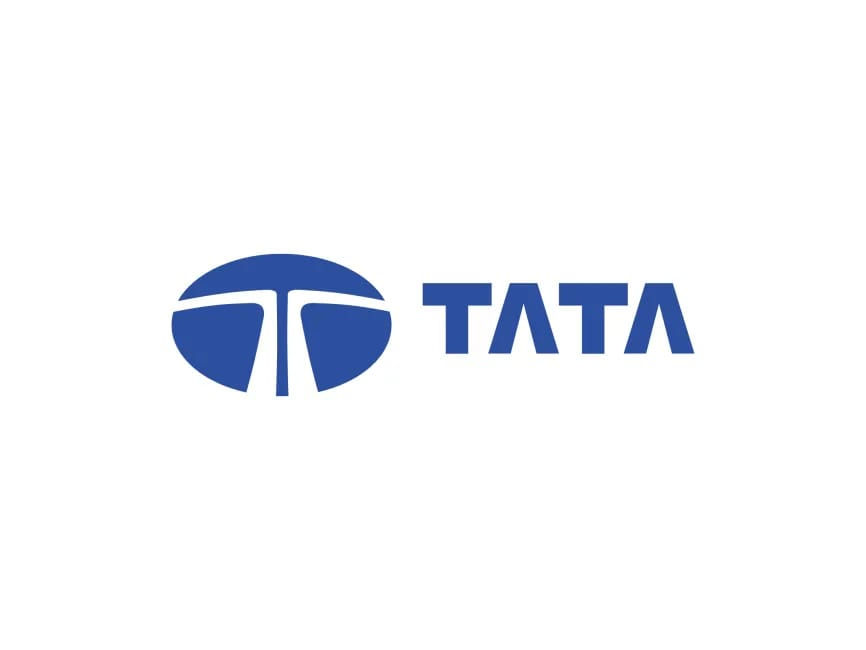Android Development Training
The Android Development Training Program is a comprehensive, hands-on course designed to teach participants how to build, test, and deploy Android applications. It covers key topics such as Android Studio, Java, Kotlin, UI/UX design, APIs, databases, and mobile app architecture. Participants will learn to develop responsive and user-friendly apps, integrate third-party libraries, and handle data storage using SQLite and Firebase.
Ideal for aspiring Android developers, software engineers, and tech enthusiasts, this program offers flexible learning options, expert mentorship, and an industry-recognized certification. By the end of the course, participants will be well-equipped to develop, publish, and maintain Android apps, ready to meet the demands of the mobile development industry.
4.8
Why Choose Skillairo?
Expert-Led Training
Internship experience
Industry Relevent Curriculum
Hands-On Projects
LMS Access
Comprehensive Tools and Technologies
professional certifications
Career Support
TRAINING PATH
SKILLS COVERED
INDUSTRY PROJECTS
Weather Forecasting App
Build an Android app that fetches and displays real-time weather data. Integrate weather APIs to provide forecasts, current conditions, and weather maps with a user-friendly interface. The key component include 1.User Interface (UI) Elements The UI of a Weather App includes a home screen displaying essential weather data like temperature, weather condition (e.g., sunny, rainy), and additional details like humidity, wind speed, and pressure. Interactive elements such as a search bar allow users to check the weather in different cities. The app may also display weather icons, background images representing current conditions, and a forecast section with hourly or daily predictions. A bottom navigation bar or side menu may be used to switch between features like "Current Weather" and "Forecast." 2.Backend Architecture The backend of a Weather App typically integrates with external weather APIs (such as OpenWeatherMap, Weatherstack, or AccuWeather) to fetch real-time weather data. The app stores the retrieved data in memory or in a local database for quick access and updates. A repository handles data retrieval from the API and stores it for the UI to display. 3.Main Functionalities Main functionalities include real-time weather updates, which fetch current weather conditions based on location (either current or user-entered). The app may also display weather forecasts for multiple days or hours. Other features may include location-based services, where the app automatically detects and displays the weather for the user’s current location, and the ability to save favorite cities for quick access. 4.Advanced Features Advanced features may include push notifications to alert users about extreme weather conditions like storms, heavy rain, or heatwaves. The app may also offer dark mode for better user experience at night, weather maps showing radar or satellite imagery, and integration with external services like Google Maps for more detailed location data. Users can also view historical weather data for comparison. 5.External Libraries and APIs The key APIs and libraries for a Weather App include external weather APIs (e.g., OpenWeatherMap, Weatherstack) for fetching weather data, Google Maps API for location detection, and Retrofit or Volley for network calls. Other libraries include Glide or Picasso for image loading (weather icons), and Gson for parsing JSON data. 6.App Structure The architecture of a Weather App often follows the MVVM (Model-View-ViewModel) pattern to separate concerns. The Model handles data operations, including fetching weather data from APIs and storing it locally, the View handles the UI, and the ViewModel manages the data flow between the Model and View, ensuring a clean separation of concerns. Technologies XML, Kotlin/Java, Material Design Components, Retrofit/Volley (for API calls), Gson (for JSON parsing), Google Maps API, OpenWeatherMap API or similar, Room Database (for local storage), Glide or Picasso (for image loading), Firebase (for push notifications), Android Studio, Gradle, Git and GitHub/GitLab. Outcome The outcome of a Weather App is the provision of real-time and accurate weather data, helping users stay informed about current weather conditions, forecasts, and potential weather hazards. Features like location-based services, weather alerts, and forecasts ensure that users can plan their day or week efficiently.
Expense Tracker Application

Create an app that allows users to track their expenses and manage budgets. Include features like expense categories, recurring payments, financial reports, and data visualization for better budgeting. The key component include 1.Income and Expense Management Enable users to add, edit, and categorize income and expense entries. Provide an intuitive interface for entering transaction details like amount, date, and category. 2.Budget Planning Allow users to set monthly or yearly budgets for various categories, such as groceries, utilities, or entertainment. Notify users when they exceed their budget limits. 3.Data Visualization Generate charts and graphs to visualize income, expenses, and savings trends. Include features like pie charts for category-wise distribution and line graphs for monthly trends. 4.Report Generation Provide detailed reports on financial activity, including summaries for specific periods. Allow users to export reports in formats like PDF or Excel. 5.Multi-Account Support Support multiple bank accounts or wallets, enabling users to track transactions from various sources. Display consolidated financial data for a holistic view. 6.Security & Data Backup Secure user data with encryption and provide options for data backup and restore. Enable integration with cloud storage solutions for added reliability. 7.Expense Tracking Notifications Send reminders for bill payments or recurring expenses. Provide alerts for unusual spending patterns or low account balances. Technologies SQLite/Room Database (for local storage), Python/Java/Kotlin (for backend), React Native/Flutter (for mobile frontend), RESTful APIs, Chart.js/MPAndroidChart (for data visualization), and Firebase (for cloud storage and notifications). Outcome An intuitive Expense Tracker Application that helps users gain better control over their finances by simplifying income and expense tracking, providing actionable insights, and promoting disciplined budgeting.
Social Media App with Chat Functionality
Develop a social media platform that allows users to post content, follow others, and engage in private or group chats. Integrate real-time messaging, media sharing, and notifications. The key component include 1.User Account Management Allow users to register, log in, and manage their profiles. Include features like profile customization, friend requests, and privacy settings. 2.Content Sharing Enable users to create, share, and interact with posts, photos, and videos. Include options for likes, comments, and sharing content within the app or externally. 3.Real-Time Chat Functionality Provide instant messaging features with options for text, emojis, and multimedia sharing. Include typing indicators, message status (sent, delivered, read), and group chats. 4.Notification System Notify users about friend requests, message alerts, likes, comments, and other app activities in real-time. 5.Search and Discovery Implement search functionality for finding users, groups, and content. Include personalized recommendations based on user activity and preferences. 6.Security and Privacy Ensure user data is secure with encryption for chats and stored content. Provide privacy controls for managing visibility of posts and user interactions. 7.Analytics Dashboard Provide insights for users on their activity, engagement levels, and content performance. Include analytics for administrators to monitor platform usage and trends. Technologies Node.js/Django/Flask (for backend), React Native/Flutter (for mobile frontend), Firebase/Socket.IO (for real-time chat), MongoDB/PostgreSQL (for database), AWS/GCP (for cloud hosting), and RESTful APIs. Outcome A feature-rich Social Media App with real-time chat functionality that fosters user engagement, promotes seamless communication, and supports community building in a secure and interactive environment.
Fitness Tracking App with GPS Integration
Build an app that tracks fitness activities such as running or cycling using GPS data. Include features like distance tracking, calorie count, progress charts, and goal-setting capabilities. The key component include 1.User Interface (UI) Elements The UI of a Fitness App includes a dashboard that displays essential health metrics like steps, calories burned, workout progress, and heart rate. Users can access features such as workout plans, goal-setting tools, and progress charts through intuitive navigation. Interactive elements like buttons for starting workouts, dropdowns for selecting activities, and swipe gestures for viewing previous progress are common. The app may also feature motivational widgets, color-coded charts, and animations for a visually engaging experience. 2.Backend Architecture The backend of a Fitness App integrates with fitness APIs (like Google Fit or Apple Health) to collect user activity data such as steps, heart rate, and sleep patterns. The app may use a Room Database for local storage to manage workout plans, activity logs, and user preferences. A repository ensures efficient data handling and synchronization between the local database and any cloud services. 3.Main Functionalities The primary functionalities include workout tracking, where users can log exercises like running, cycling, and weight training. The app can also provide personalized workout plans based on user goals (e.g., weight loss, muscle gain). Additional features include real-time tracking of metrics during activities, setting fitness goals, and offering reminders to stay active. Integration with wearables like smartwatches allows seamless tracking of health data. 4.Advanced Features Advanced features include AI-driven workout recommendations, detailed progress analytics with visual insights, and social features like sharing progress or participating in challenges with friends. The app may offer video tutorials, nutritional tracking for meals and calorie intake, and reminders for hydration or rest. Integration with wearables or external devices enables advanced monitoring, such as sleep tracking and heart rate analysis. 5.External Libraries and APIs Key APIs and libraries include Google Fit or Apple Health for activity tracking, Firebase for real-time data synchronization and user authentication, and Retrofit or Volley for API calls. Graph libraries like MPAndroidChart or AnyChart can be used for visualizing data, while Glide or Picasso handles image loading for profile pictures or workout illustrations. 6.App Structure The app typically follows the MVVM (Model-View-ViewModel) architecture for scalability and clean code. The Model manages data from APIs and local storage, the View presents the UI, and the ViewModel bridges the gap by handling business logic and managing data flow between the Model and View. Technologies XML, Kotlin/Java, Material Design Components, Google Fit API or Apple HealthKit, Firebase (for authentication and cloud storage), Retrofit/Volley (for API calls), Room Database (for local storage), MPAndroidChart/AnyChart (for data visualization), Glide/Picasso (for image loading), Android Studio, Gradle, Git and GitHub/GitLab. Outcome The outcome of a Fitness App is an engaging and personalized platform that helps users track their health and fitness goals effectively. By providing real-time metrics, customized workout plans, and progress analytics, the app encourages users to stay consistent and motivated, ultimately improving their overall health and well-being.
Task Management App

Develop an app that helps users manage tasks and to-do lists. Include features like task categorization, reminders, priority levels, and synchronization across devices to enhance productivity. The key component include 1.Task Creation and Categorization Allow users to create tasks with details such as title, description, priority, due date, and category. Support tagging for better organization. 2.Task Assignment and Collaboration Enable assigning tasks to individuals or teams, with options for sharing updates and comments. Include real-time collaboration features for team productivity. 3.Progress Tracking Visualize task progress with tools like Kanban boards, Gantt charts, and percentage completion indicators. Provide status updates (e.g., to-do, in-progress, completed). 4.Reminders and Notifications Send alerts for upcoming deadlines, overdue tasks, or updates on shared tasks. Allow users to customize notification preferences. 5.Search and Filter Implement advanced search functionality and filtering options based on categories, priorities, deadlines, or team members. 6.Data Synchronization Synchronize tasks across devices in real-time. Provide offline functionality with automatic syncing when the connection is restored. 7.Analytics and Reporting Generate productivity reports, task completion rates, and time management insights. Allow exporting reports in formats like PDF or Excel. Technologies React Native/Flutter (for mobile frontend), Node.js/Django (for backend), Firebase/Realm (for real-time database), SQLite/Room (for local storage), Chart.js/Highcharts (for analytics), and RESTful APIs. Outcome A robust Task Management Application that enhances personal and team productivity by streamlining task organization, tracking progress, and fostering effective collaboration through a user-friendly interface.
CERTIFICATIONS
Get certified in Android Development through our program and receive both a Training Completion Certificate and an Internship Completion Certificate. The prestigious Top Performer Certificate is awarded to outstanding students who performed exceptionally well during both the training and internship phases.



PRICING PLAN
Add terms and conditions
Best Value
Self-Paced Program
5,000
Valid until canceled
✔️ Pre-recorded videos
✔️ 6+ Hours of Live Classes by Industry Experts
✔️ Doubt Sessions
✔️ Real-time Projects
✔️ Certifications
✔️ One-on-one Doubt Sessions
❌ Interview Assistance
❌ Placement Guidance
Choose your pricing plan
Find one that works for you
Add terms and conditions
Best Value
Mentor Led Program
9,000
Valid until canceled
✔️ Pre-recorded videos
✔️8+ Hours of Live Classes by Industry Experts
✔️ Doubt Sessions
✔️ Real-time Projects
✔️ Certifications
✔️ One-on-one Doubt sessions
✔️ Interview Assistance
❌ Placement Guidance
Choose your pricing plan
Find one that works for you
Add terms and conditions
Best Value
Advanced Program
18,000
Valid until canceled
✔️ Pre-recorded videos
✔️ 24+ Hours of Live Classes by Industry Experts
✔️ Doubt Sessions
✔️ Real-time Projects
✔️ Certifications
✔️ One-on-one Doubt session
✔️ Interview Assistance
✔️ Placement Guidance
Choose your pricing plan
Find one that works for you
ANDROID DEVELOPMENT INDUSTRY TRENDS
These trends underscore India's expanding role in the global Android Development, supported by a robust IT industry and a growing pool of skilled professionals.
22.2% Annual Growth Rate
The Android development sector in India is experiencing substantial growth, driven by the country's expanding smartphone market and increasing mobile application usage. In 2023, the Indian app market generated $3.3 billion in revenue, up from $2.7 billion in 2022, indicating a growth rate of approximately 22.2%.
Looking ahead, the mobile application market in India is projected to reach $30.6 billion by 2030, with a compound annual growth rate (CAGR) of 17.4% from 2024 to 2030.

Other key industry trends
-
This growth is further supported by the increasing adoption of smartphones, with India having 687 million smartphone users in 2022.
-
Additionally, the Indian mobile gaming market, a significant segment of the app industry, was valued at $1 billion in 2019 and is expected to reach $6.7 billion by 2024, reflecting a CAGR of approximately 40%.
Source: Grand View Research, Business of Apps
INR 3.5-25 L Annual Salary
In India, Android developers enjoy competitive salaries due to the high demand for mobile applications and the expertise required in building Android-based solutions. The average annual salary for an Android developer is around ₹6.5 lakh, with experienced professionals earning up to ₹12 lakh annually. Senior roles, such as Android development leads or technical architects, can command salaries ranging from ₹15 lakh to ₹25 lakh per year. Entry-level positions generally start at ₹3.5 lakh annually. As the demand for Android apps grows, the industry is expected to see a 15-20% increase in job opportunities by 2025.


OUR OFFICIAL TRAINING PARTNERS
Through partnerships with top-tier institutions, we provide specialized training that is designed to support students' academic and professional growth.

IIM KASHIPUR
AGNITRAYA
OUR ALUMNI Work At
Our alumni are already pushing boundaries in their fields. Former students are excelling in high-profile industries and influencing the landscape of tomorrow.








